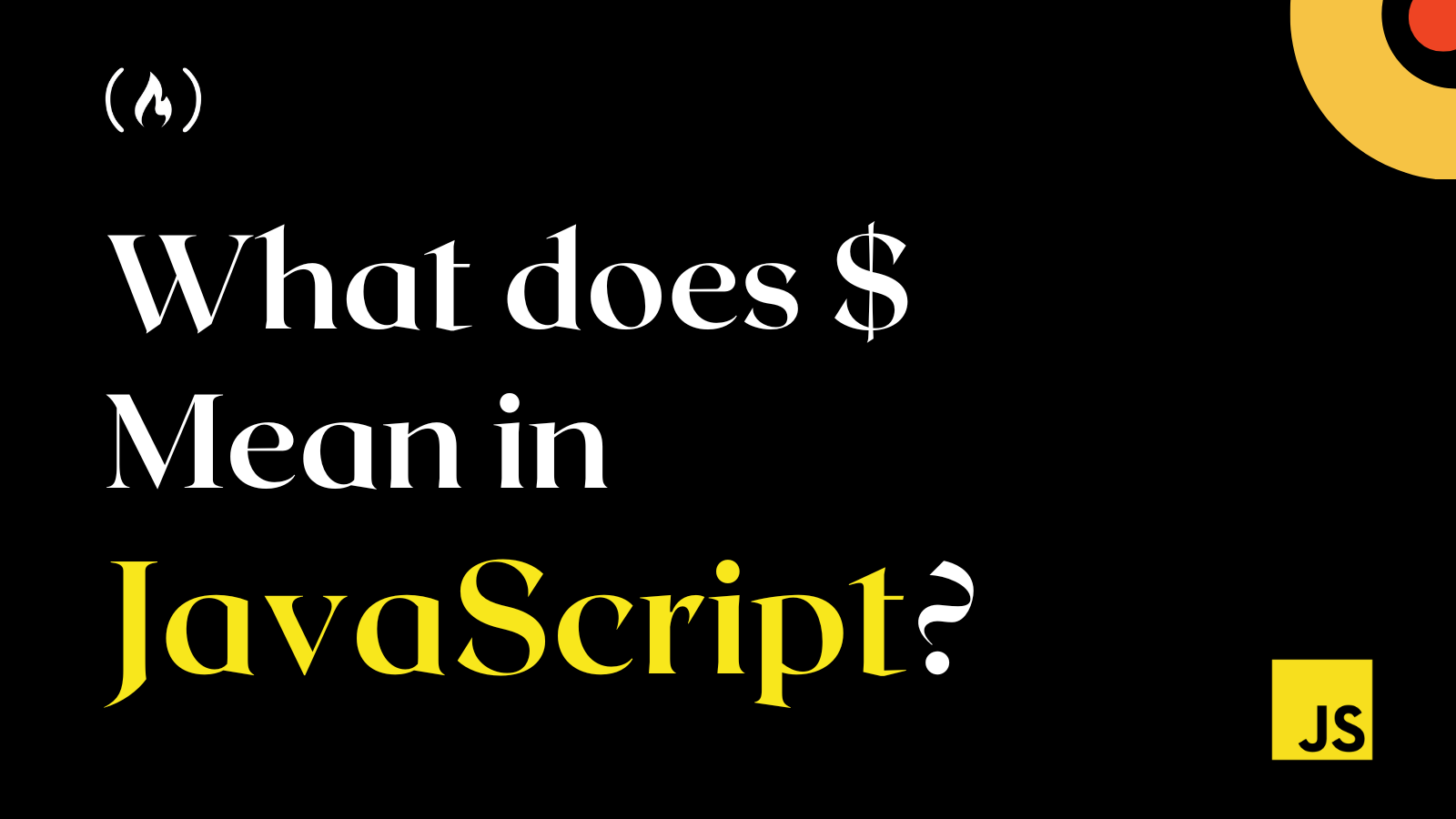As you dive into JavaScript code, you may come across the use of a dollar sign ($) in various contexts.
In this article, we will explore what the dollar sign means in JavaScript, commonly known as the "dollar sign operator," and how it is used in JavaScript programming.
Understanding the Dollar Sign Operator
In JavaScript, the dollar sign is not a built-in operator or syntax. It does not have any predefined meaning or functionality in the JavaScript language itself.
Instead, it is often used as a convention in libraries, frameworks, and other JavaScript code written by developers for various purposes. Let's take a closer look at some common use cases of the dollar sign in JavaScript.
1. Using the $ in the jQuery Library
One of the most well-known uses of the dollar sign in JavaScript is with the jQuery library.
In jQuery, the dollar sign is used as a shorthand alias for the jQuery object. jQuery is a powerful JavaScript library that simplifies DOM manipulation and provides a wide range of utility functions for web development.
For example, you may see code like this:
// Using the $ alias to select elements with jQuery
$('#myElement').addClass('active');
In this example, $ is used as a shorthand for the jQuery object, which allows you to select an element with the ID myElement and add the CSS class active to it.
But it's important to note that the use of the dollar sign as an alias for jQuery is not mandatory, and you can also use the jQuery keyword instead.
2. Using the $ in Other JavaScript Libraries and Frameworks
Apart from jQuery, some other JavaScript libraries and frameworks may also use the dollar sign as a convention for their own specific purposes.
For example, in AngularJS, you may see code like this:
// Using the $scope object in AngularJS
$scope.name = 'John';
In this example, $scope is a predefined object in AngularJS that is used to bind data between the view and the controller.
It's important to note that the use of the dollar sign in these libraries and frameworks is specific to their respective syntax and APIs, and may not have the same meaning or functionality in other contexts.
3. Using the $ in Template Literals
In addition to these use cases, the dollar sign is also used in template literals. This was introduced in ECMAScript 6 (ES6) for more convenient string interpolation and multiline strings in JavaScript.
Template literals are enclosed in backticks (` ) instead of single or double quotes. They allow you to embed expressions directly within the string using placeholders, denoted by ${expression}. The dollar sign followed by curly braces ${} is used to evaluate and embed expressions dynamically in template literals.
const name = 'John Doe';
const age = 20;
// Using template literals for string interpolation
console.log(`My name is ${name} and I'm ${age} years old.`);
In this example, the expressions ${name} and ${age} are evaluated and replaced with their corresponding values in the resulting string. This allows for easy and readable string concatenation with variables.
Wrapping Up
In JavaScript, the dollar sign is not a predefined operator or syntax, but it is commonly used as a convention in libraries, frameworks, and custom code for various purposes.
It is used as a shorthand alias for objects or functions in some libraries and frameworks, and it is also used in template literals for string interpolation and multiline strings.
It's important to understand that the use of the dollar sign may have different meanings or functionalities in different contexts, and it's always recommended to follow coding standards and best practices for writing clean, maintainable, and readable JavaScript code.
Have fun coding!
Embark on a journey of learning! Browse 200+ expert articles on web development. Check out my blog for more captivating content from me!

